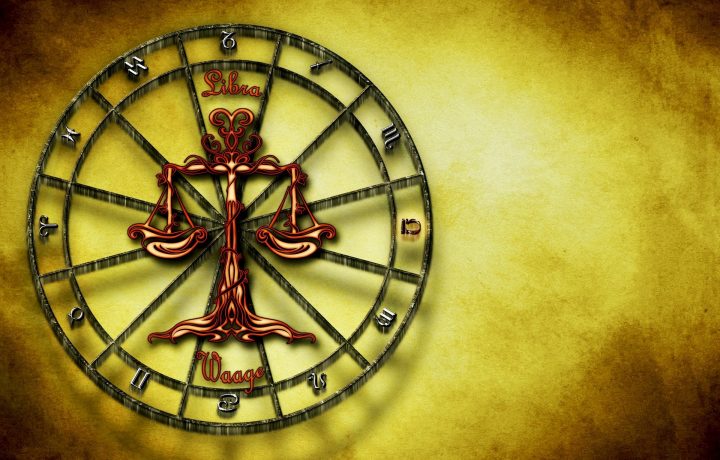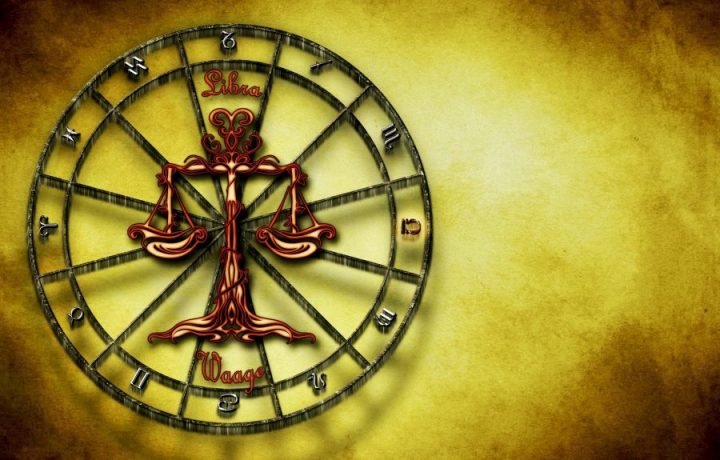Jyotisha or Vedic Astrology is a tradition and a discipline that dates back to nearly five thousand years. Since the time of the Rig Vedas, this practice has been cherished to find relations and patterns between living beings and the universe in itself.

When you have your kundalini read, a lot of precise calculations and knowledge along with insight and experience are required to accurately decrypt your chart. There are a lot of practiced astrologers who will give you free horoscope readings that will allow you to know more about your life.
Before you can have a chart read, you will need to know of the basic players and elements influencing your chart and the age-old principles that drive this practice. Without this knowledge, anyone can tell you anything because you’re in the dark about what you’re consuming.
Governing Principles
Jyothisam was considered a spiritual, healing, and metaphysical process that revolves around the notion of ‘Bandhan’. There are many principles and elements involved in understanding all concepts related to astrology.
To read a chart, you will have to sit and understand each and every aspect and how they are intertwined together. But to understand the crux of the matter, we shall look into some key principles.
Guna-
Guna translates to that which binds. There are three Gunas, Tamas, Raja, and Sattwa. Each acts as an individual thread that when put together forms the anchor that holds Maya. Maya is considered to be a mist or a layer that keeps people from looking at reality for what it is and Guna is what binds people to this illusion that they are only as much their physical or mental self.
• Tamas: Tamas is the guna of stability, inertia, attachment, and negligence. Through inertia, this guna binds on our general tendency to cling and attach to form and material aspects.
The purpose of Tamas is to provide stability and comfort of the physical world and our physical form.
• Rajas: Rajas is the guna related to activity, passion, and desire, and through our motivation and desire it binds pleasure to experience. It is easily expressed by the mind and emotions.
Rajas keep a balance between the mind and our emotions. It puts our needs and wants from the perspective of the physical world.
• Sattwa: It is the guna of harmony, knowledge, and peace. Sattwa binds one to joy and wisdom. This guna acts as the barrier to the final liberation and is an expression of the soul.
Sattwa takes care of the soul and your subconscious or higher mind. It also moderates the progress of the soul and attaches joy. When you discard this joy and accept the sadness or emptiness, you become part of the natural cycle and may attain complete liberation or moksha.
Guna in Vedic Astrology
There are few ways to incorporate this principle into Jyothisham and look at it from the astrological lens.
Each planet is observed to have the potential of operating in three ways, Tamasic manner through the body or matter, Rajasic manner through the mind and emotions, and the Sattvic manner through the soul.
Planets whose energies are debilitated or impaired in your chart will function in a tamasic manner through your physical self, in terms of psychology and body, therefore, left in spiritual darkness. Planets whose energies are neither weak nor strong can function through the mind. They have the ability to operate through passion and vigor. Here, materialistic desires and negative emotions will cause a hindrance to the balance required by Sattwa. Planets with strong and developed energies will operate through the soul and hence will be compassionate and loving.
Your chart will show both planets and zodiacs working according to these Gunas. The internet has various free Horoscope drafting sites that will give you an idea of what’s on your chart. Understanding these Gunas will let you know which planet in your chart is affecting what Guna and keeping you bound to the Maya. With free horoscope readings, you can analyze which aspects of you and your life are controlled by which aspects, external and internal.






